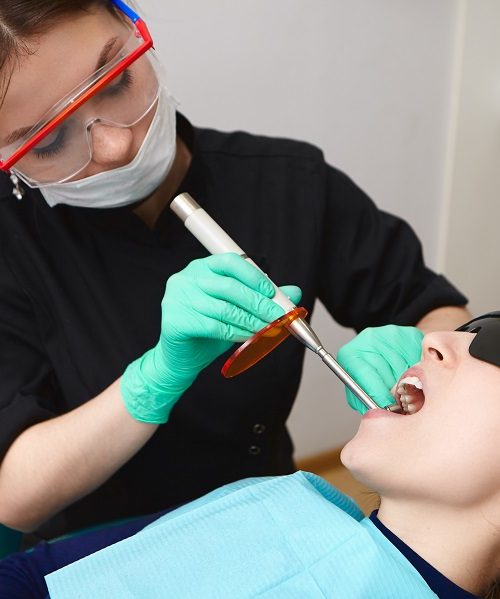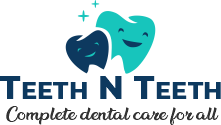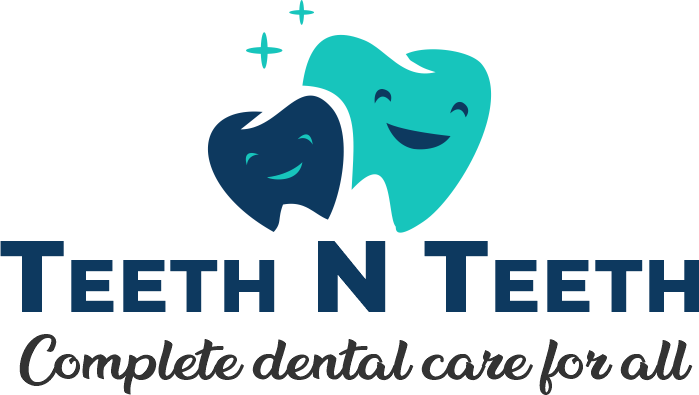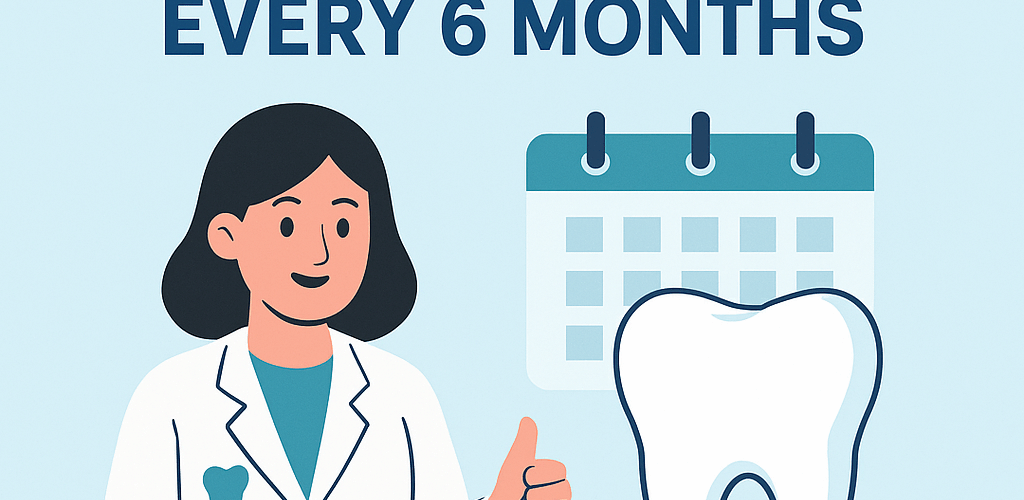- Opening Hours: Mon - Sat : 10:00 AM – 1:00 PM & 2:00 PM – 8:00 PM
- +91 89608 83608
- [email protected]
Dental Cavities

Gum Health Basics!
February 7, 2017
Teeth Care
August 17, 2021
People, healthcare, modern technology, innovations and stomatology concept. Picture of woman patient in black goggles getting her teeth treated by female hygienist using dental curing light

What is a CAVITY?
Mouth is a battleground! Did you know, your mouth is full of bacteria? Some are good while others are harmful. The harmful bacteria feed on the sugar and carbohydrate the we eat and create acids. This acid slowly dissolves the enamel (outermost layer of the tooth) creating holes in teeth known as Dental Cavities.
Dental Cavity is the 2nd most common disease in the world after common cold.
1 in 3 adults suffer from a dental cavity.
Sugar and Dental Cavities
We commonly say – Sugar is bad for teeth! However, sugar on its own is not the culprit, the chain of events that take place afterward is responsible.
Sugar in the food and drinks that we eat attracts the harmful bacteria which produce acid in your mouth lowering the pH. These acids remove the minerals from the tooth enamel by the process called demineralization.
The saliva in your mouth helps to constantly reverse this damage by the process called remineralization. However, the constant acid attacks causes mineral loss which over the time weakens the tooth.
This Dental Cavity if left untreated spreads into deeper layers of the tooth which may cause pain; and also tooth loss.
Signs of Tooth Decay
The signs of tooth decay may include sensitivity to sweet, hot and cold food and drinks and pain on chewing.
Who is susceptible to Dental Cavity?
Everyone is at risk of dental cavity, but children and adolescents are at more risks. Dental cavity is the most common cause of tooth loss. Plaque begins to build up on the tooth surface only 20minutes after we begin eating and if it is not removed efficiently acids starts forming leading to a dental cavity.
People who consume sugar regularly are at a higher risk particularly if it is sticky and in between mealtimes. People who smoke and consume alcohol are also at a higher risk.
Treatment for Dental Cavity
Dental Cavity is irreversible. Once occurred the decay from the tooth has to be removed. However the restoration treatment of Dental cavity depends on the extent to which the cavity has spread.
- COMPOSITE FILLING:
If the cavity is limited just to enamel (first layer of the tooth) and dentin(second layer of the tooth) it can be restored with the tooth coloured filling material called composite.
- ROOT CANAL TREATMENT:
If the cavity has reached to the third layer of the tooth(pulp), a procedure called Root Canal Treatment need to be done to restore the tooth.
- EXTRACTION:
If the cavity has spread too much and there is a large amount of tooth loss, then the tooth cannot be saved and needs to be extracted.
Regular Dental Check ups are must to catch the dental cavity at an early stage.
HOW TO AVOID A DENTAL CAVITY
- Brush twice daily with a fluoridated tooth paste.
- Use floss to clean in between the teeth.
- Rinse thoroughly after each meal so that food does not remain clogged.
- Reduce the intake of sugar especially in between mealtimes.
- Quit smoking.
- Visit dentist twice a year for regular check up.


